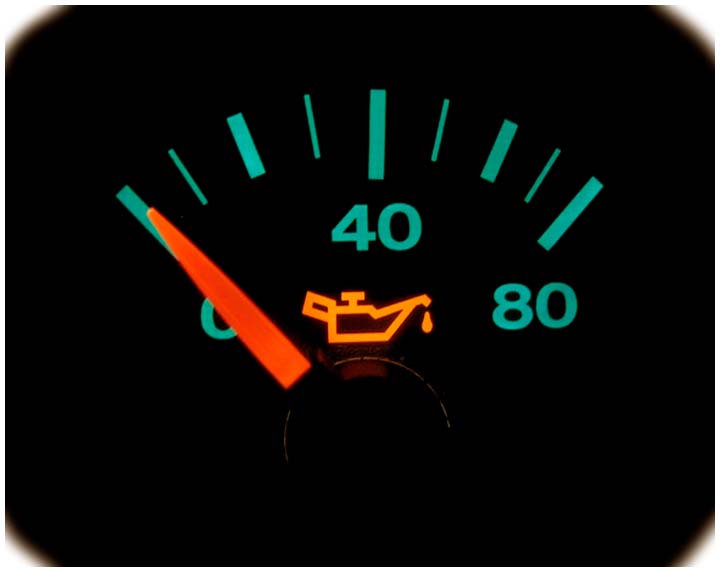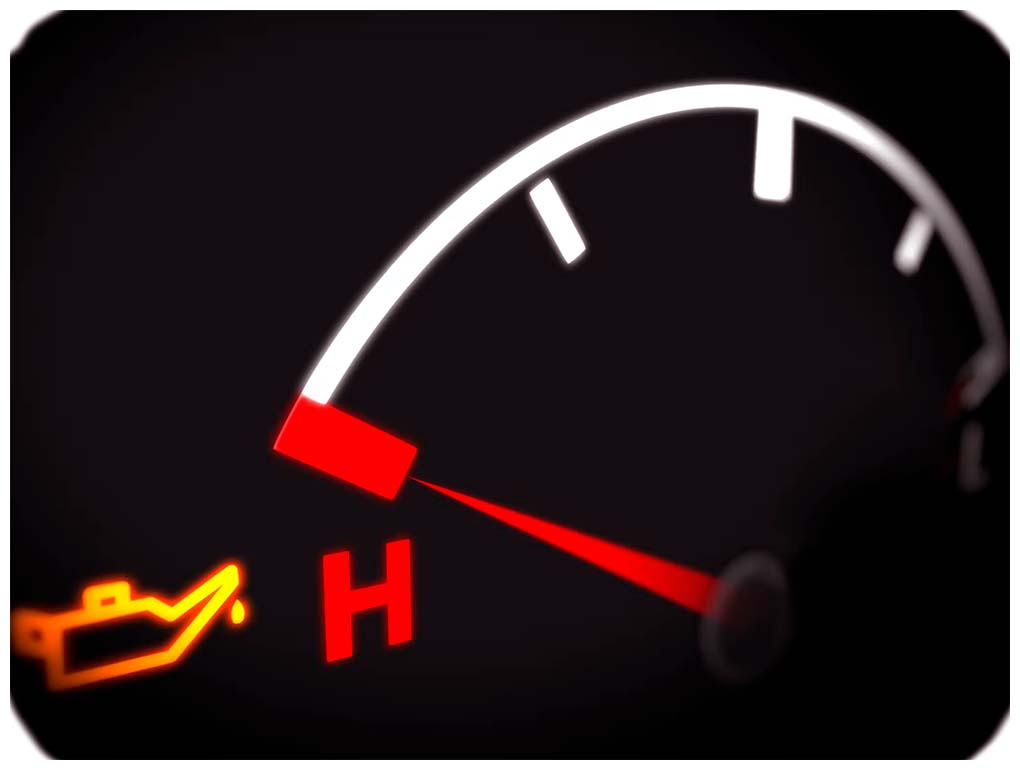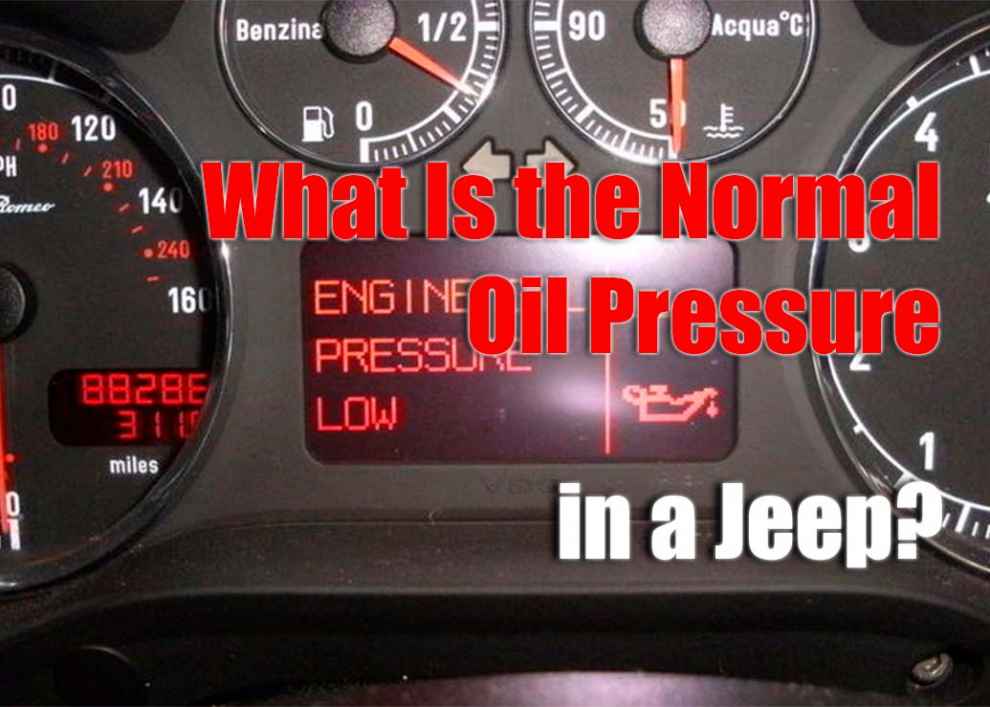Oil pressure is a critical part of keeping your Jeep running smoothly and efficiently. Without proper oil pressure, the engine can suffer from wear and tear, which can lead to costly repairs or even total engine failure. So, it’s important to understand what the normal oil pressure should be for your Jeep and how to monitor it.
What Is Oil Pressure?

What Is the Normal Oil Pressure Range for Jeeps?
The normal oil pressure range for most Jeeps should be between 25-65 psi (pounds per square inch). If you’re experiencing lower-than-normal readings, then you may need to check for possible problems such as worn-out bearings or a clogged filter that needs replacing. On the other hand, if your readings are higher than normal, then it could be a sign of an oil leak or low oil levels.
How to Check Your Jeep’s Oil Pressure Reading
To check your Jeep’s oil pressure reading, you will need to use an oil pressure gauge. This can be found at most auto parts stores and is usually very simple to use. Start by attaching the gauge to the engine block and then turn the engine on until it reaches operating temperature. After that, you can read the gauge and compare its readings to your Jeep’s specific manufacturer recommendations to ensure that the oil pressure is within normal ranges.
Signs of Low or High Oil Pressure in Jeeps

Maintenance Tips to Help Maintain Proper Oil Pressure Levels
The most important way to maintain proper oil pressure levels in your Jeep is regular oil changes. This will help reduce the amount of friction between the engine’s moving parts and prevent any buildup of debris or sludge that can cause an increase in pressure. Additionally, you should always keep an eye on your engine’s temperature gauge to make sure it’s not running too hot, as this can also lead to an increase in pressure.
Conclusion
Normal oil pressure for Jeeps should be within a range of 25-65 psi (pounds per square inch). It is essential to monitor this reading regularly using an oil pressure gauge and compare it against manufacturer recommendations. If you experience either low or high readings, then be sure to address the issue as soon as possible before any further damage is caused by excessively high or low pressures. Regular maintenance such as scheduled oil changes and monitoring engine temperatures can also help maintain proper oil levels and keep your Jeep running smoothly for years to come.

Add Comment